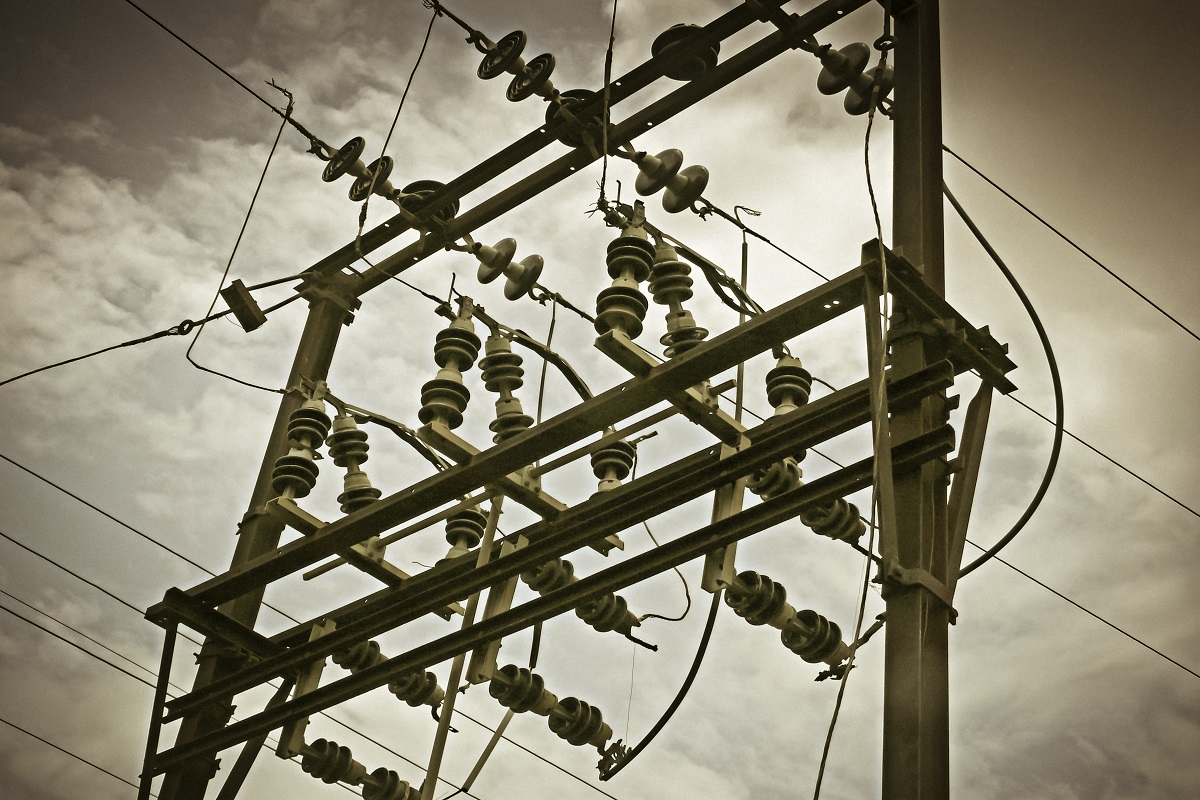The Indian Power Sector completed the first year of its ‘One Nation-One Grid-One Frequency’ on Friday—which makes India one of the largest Grid in the world—to provide power to its 138 crore population through 70 Sub-Stations.
With the completion of the first year of its “one grid-one frequency’ India has made a major headway in ensuring its energy security. “Integration of our five regional electricity grids into one national grid has been one of the major achievements in the power sector. Today we have one of the world’s largest single grids running on one frequency,” said Union Power secretary Alok Kumar here on Friday while celebrating the first birthday of the ‘One grid-One frequency’.
Advertisement
“This achievement has enabled India’s energy security in a significant manner as well as it has brought a new era for the electricity market in India,” the Power Secretary said.
The story of Grid management in the country, on a regional basis started in the sixties. Initially all the state grids were interconnected to form a regional grid and India was demarcated into 5 regions namely Northern, Eastern, Western, North Eastern and Southern regions.
With time each grid was connected to the other, to allow greater availability and transfer of power. It all came together when the Southern Region was connected to the Central Grid, with commissioning of 765 kV Raichur-Solapur Transmission Line, thereby achieving ‘ONE NATION-ONE GRID-ONE FREQUENCY’. The Srinagar Leh Transmission System was connected to the National Grid, and was dedicated to the nation by PM in 2019.
